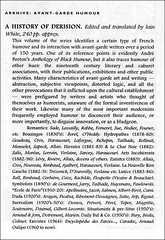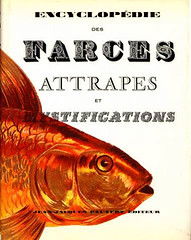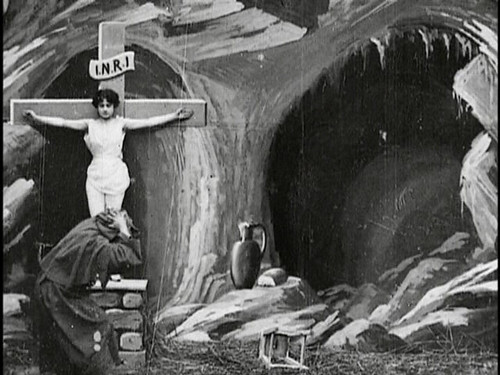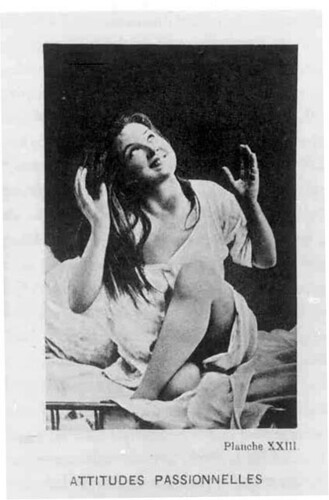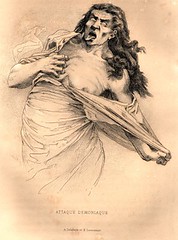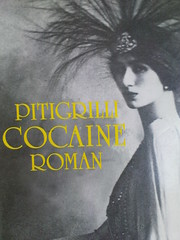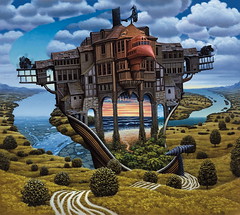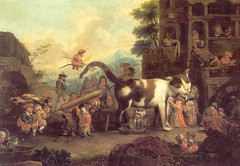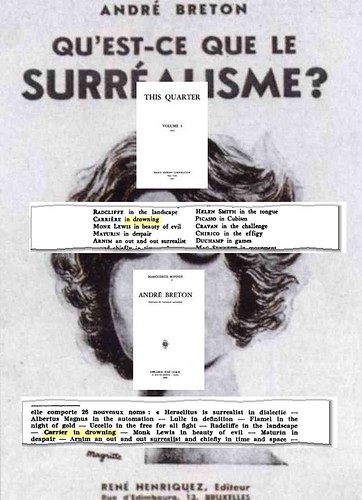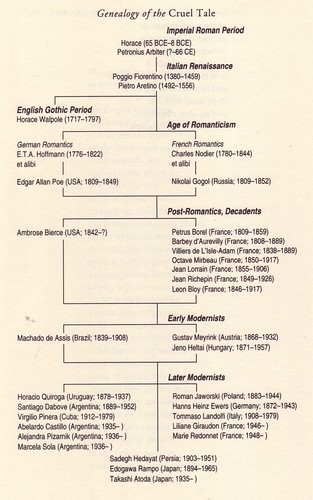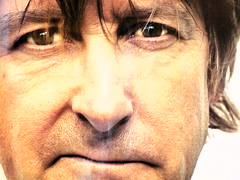
Wim T. Schippers
This post is mainly intended for people living in Antwerp or the environs.
Tonight, “Pollens, wat een heisa!,” an homage to Dutch artist Wim T. Schippers starts at the Monty in Antwerp.
There are many things to be said about Wim T. Schippers, but since I write this blog in English and most of my readers are from all over the globe, these things will be of interest to few. Suffice it to start by saying that Schippers belongs to the Dutch Dada tradition.
Digression #1
I say Dada because Surrealism is to weak a word; and it can be agreed upon that surrealism was not but an insipid decoction of Dada; Dada having the chronological benefit of course. On the other hand, I realize there is no use bemoaning the insipidness of Surrealism, since Surrealism was its best possible replacement. Nevertheless, Surrealism to my liking has always been too formalistic and dogmatic.
In discussing Schippers, a number of comparisons are called for. In the Dutch language geographical area, we have Doctorandus P. whom I celebrated here[1] and [2] and who is most certainly a precursor of Schippers. Internationally, one can compare Schippers to Monty Python.
[Youtube=http://www.youtube.com/watch?v=_azDvJdRC2Y]
Famous banana clip (I can’t hear you, I have a banana in my ear!)
Now the force of Schippers resides in his mainstream influence, most Dutch-speakers know him without knowing him, he is voice actor of a number of voices of the local version of Sesame Street, most famously Ernie. In The Netherlands he is also known by face as the presenter of a popular science quiz show.
Outside of some dim recollections of his 1970s TV shows, he crossed my personal path each Wednesday afternoon when I listened to his radio show on VPRO (Schippers in the persona of Jacques Plafond (Eng: Jacques Ceiling) [3]. These shows were hilariously irreverent. It was love at first sight.

Shit, I forgot my car, from a Sjef Van Oekel comic
Later still, there were the comics of Sjef Van Oekel, the brain of which was again Schippers.
In Belgium, the Dutch-speaking part where I live, there are two soul brother of Schippers: Kamagurka and Herr Seele. And perhaps Hugo Matthysen.
To conclude: Schippers is the nobrow example and canonical to this blog, even if you’ve never heard of him, try to find his equivalent in your country.

Ernie’s drol (Ernie’s Turd)
photo Laurens Bontes
Much better than the similar work of Paul McCarthy
[Youtube=http://www.youtube.com/watch?v=qbBRVUjWKUg]
Going to the Dogs -Part 01 – This is the famous play for dogs by Dutch Wim T. Schippers.
[Youtube=http://www.youtube.com/watch?v=vAVOOn-Ill4]
The song “Pollens, wat een heisa!,” from which the homage’s title was taken. Notice the naked ladies towards the end
[Youtube=http://www.youtube.com/watch?v=Cl0EFJWx-bg]
Phil Bloom, reading the news naked, in 1967 on national television.

